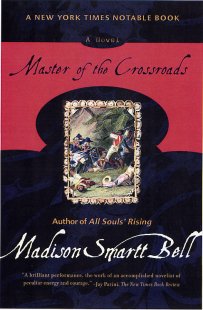
Master of the Crossroads
a novel by
New York Times Book Review coverage
now available in Penguin paperback:

French translation:
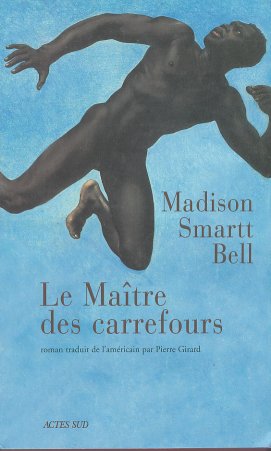
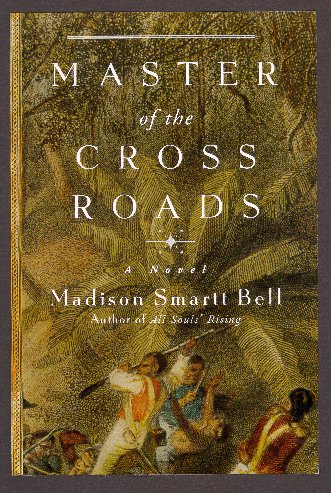
Order Master of the Crossroads from Random House Online Catalog
Order Master of the Crossroads from Goucher College Bookstore: bookstore@goucher.edu
Order Master of the Crossroads from Amazon.com
Click for Fall 2000 Tour Schedule
View Images of Toussaint Louverture
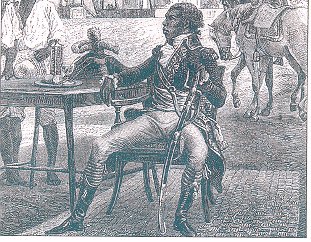
engraving by Philippoteaux and Dietrich
Read Interview by Jack Stephens for


more excerpts to appear in
Five PointsNew England Review
Gulf Coast: A Journal of Literature and Fine Arts
The Idaho Review
see also

(nonfiction about Haiti)
and

Kat Rèv Nan Haiti
a fine press book from
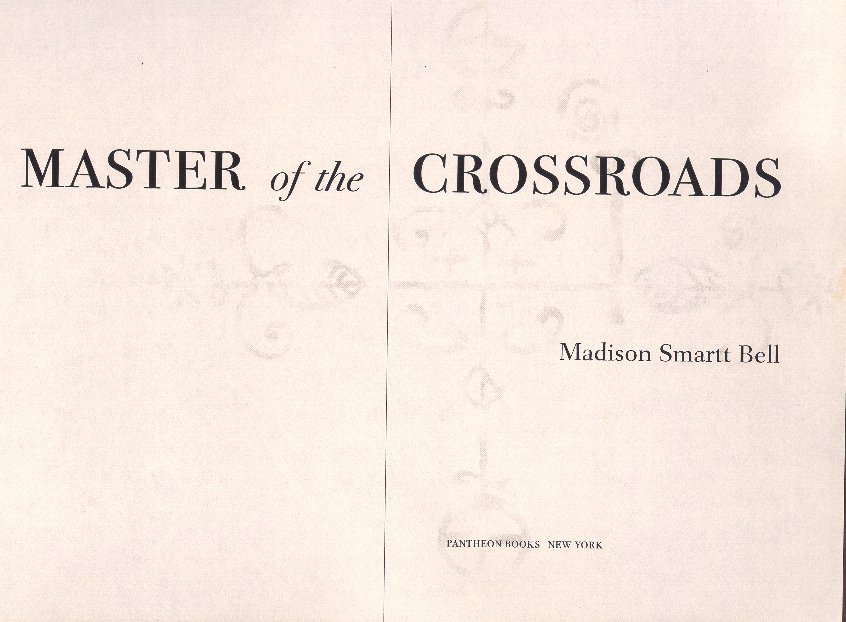
From Booklist
Bell began his historical trilogy about the slave revolt on Haiti with All
Souls' Rising (1995), and now, in an even more dramatic and strongly crafted work, he
continues the complex and tragic story of this embattled land, a microcosm of the West's
greatest crimes and most stubborn conflicts. This powerfully imagined installment
concentrates on Toussaint Louverture, a former slave and healer who became a great
military leader and liberator. Bell begins in 1794, three years after the slaves' uprising
and the massing of Toussaint's disciplined and loyal army, and continues to spin the
interlocking tales of his magnetic characters, both fictional and historical, including
Toussaint; Antoine, a French doctor, and Nanon, the mulatto woman he loves; Riau, a former
slave and a man of deep spirituality; Claudine, a profoundly repentant slave owner; and
Isabelle, an adventurous and generous Creole. Writing masterfully from diverse points of
view and switching between the specific and the panoramic, Bell limns the subtleties of
body language as deftly as he conjures the ambience of a household, town, or plantation
and animates such malevolent forces as the political intrigue among the French, Spanish,
and English, and the horrific hatred between blacks and mulattoes that has poisoned Haiti
for more than two centuries. Just as practitioners of voodoo believe that the dead, the
Invisible Ones, are among us, Bell knows that good and evil dwell side by side, and he
balances his portraits of men and women at their demonic worst with scenes of friendship
and love that transcend racial divisiveness. And even though this novel, like its
predecessor, ends with the grim promise of yet more bloodshed, Bell brings children of
many hues into his compelling universe, thus reminding his readers that life, and hope,
abide. Donna Seaman
Copyright © American Library Association. All rights reserved